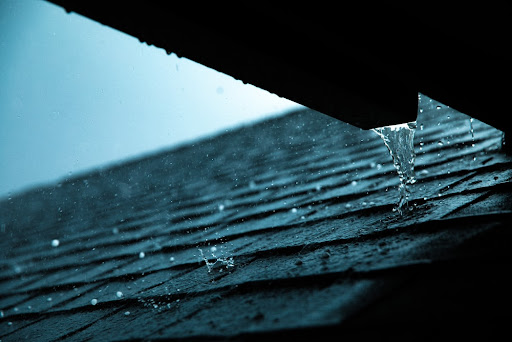
One of the principal things any property holder ought to do after a storm is to check for rooftop harm. Regardless of whether you have no apparent water inside your home, rooftop harm can, in any case, be plausible.
While moving up on the rooftop may be enticing, we suggest property holders keep away from this whenever the situation allows. Continuously attempt to evaluate rooftop harm from ground level if possible. Have a go at utilizing a couple of optics to see all the more choices to utilize a stepping stool.
If you find the damage, contact any roof repair in south Florida. At times, rooftop harm is clear to the eye. However, you should take as much time as necessary and look while surveying what is happening. A few side effects can be shockingly difficult to recognize. We have discussed those in this article.
4 Storm Damage Signs For Your Roof
1. Missing Shingles
High breezes often bring about whole shingles tearing from your rooftop, particularly assuming they previously had broken or were stripping. Missing shingles are frequently noticeable from a ground investigation, and there might be bits of roofing material spread around your property.
2. Shingle Harm
Shingle harm isn’t something to overlook — it can prompt water entrance into your home. Rooftop hail storm harm frequently brings about breaks, marks, or openings, while solid breezes lead to tears, stripping, or lifting shingles. This kind of harm can be challenging to recognize starting from the earliest stage, so assuming the expense of a rooftop examination following a storm can be useful.
3. Perceptible Shingle Granule Debris
Black-top shingles have a layer of granules on their surface which assist with safeguarding your rooftop — basically from harming UV beams. A limited quantity of granule misfortune over the long run is typical. However, windy climate — particularly hailstorms — frequently brings about extreme dispersing. You ought to supplant shingles with a great deal of granular wear to forestall issues with weatherproofing.
4. Crooked Chimney
Significant tempests can prompt issues with the glimmering seal around your smokestack and resulting water entrance. When this occurs, the chimney stack may never again sit straight, however, at a diagonal point. It isn’t probably going to seem to be the Inclining Pinnacle of Pisa, so you want a sharp eye to recognize minor changes in its situation starting from the earliest stage.
What To Do Next?
You found a few indications of rooftop storm harm by simply orbiting the yard, gazing upward, and maybe ascending a low-stepping stool. Presently, what do you do?
You bring in a neighborhood, supportive roofer to put things right. Have your amicable roofer assess your rooftop (utilizing legitimate security stuff and great procedures to avoid falls) close up and exhaustively.
Contact any roof repair in south Florida immediately for repair.
Rooftops don’t recuperate themselves. The rubbery water might support you and ice safeguard in the initial three or six feet of your rooftop’s lower edge. However, a rooftop needs a private roofer to fix things when it is broken, battered, and wounded.
The clock is also ticking since a tempest-harmed rooftop will permit water to saturate your upper room, outside and inside walls, and into your living space. Form and mold follow the water. Consider what holding up places are in danger:
- Your entire family’s well being
- Your home’s estimation
- Your home’s underlying trustworthiness
Conclusion
Storm damage remediation is fundamental to safeguarding your home and inner serenity. To begin, contact any roofer in south Florida today.
Read More – How to Choose A Commercial Property Management Company?

